Researchers have shown that inedible species of butterfly that mimic each others’ colour patterns have also evolved similar flight behaviours to warn predators and avoid being eaten.
Tag: Predators
Apex predators not a quick fix for restoring ecosystems, 20-year CSU study finds
A Colorado State University experiment spanning more than two decades has found that removal of apex predators from an ecosystem can create lasting changes that are not reversed after they return – at least, not for a very long time.
As sea otters recolonize California estuary, they restore its degraded geology
In the several decades since sea otters began to recolonize their former habitat in Elkhorn Slough, a salt marsh-dominated coastal estuary in central California, remarkable changes have occurred in the landscape.
Nauseous territory: outfoxing predators using baits that make them barf
In a world first experiment, Australian researchers have played a very clever trick on red foxes that could help curb millions of wildlife deaths every year.
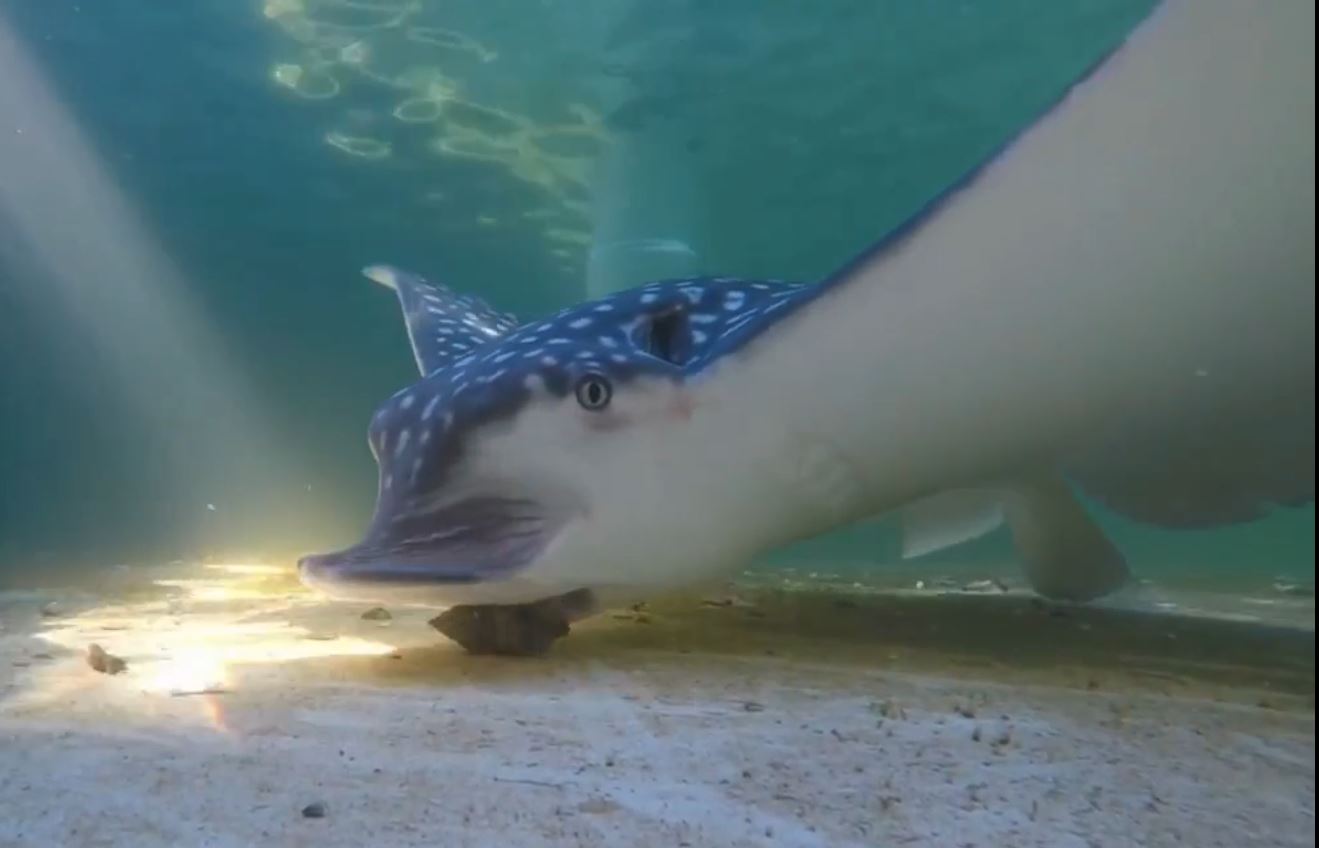
DNA Decodes the Dining Preferences of the Shell-Shucking Whitespotted Eagle Ray
With mighty jaws and plate-like teeth, the globally endangered whitespotted eagle ray can pretty much crunch on anything. Yet, little information is available on critical components of their life history in the U.S., such as their diet.
Crushed Clams, Roaming Rays: Acoustic Tags Reveal Predator Interactions
Inspired by clam fishermen reports, researchers used passive acoustic telemetry to gauge the interactions between two highly mobile rays. They monitored the tagged rays in the wild over two years to see how often and when they visited clam leases. Results provide both good news and bad news for clammers. Rays spent even more time in these clam lease sites than clammers reported or suspected, but it’s not necessarily where they prefer hanging out.
Does Current Shellfish Anti-predator Gear Curb ‘Crunching’ Rays?
It’s not just humans who enjoy eating shellfish, so do marine rays. They like to “crunch” on clams, which can sometimes take a big bite out of clammers’ profits. Using aerial and underwater videos, researchers assessed the ability of the whitespotted eagle ray to interact with clams housed within a variety anti-predator materials. Whitespotted eagle rays have strong jaws, plate-like teeth and nimble pectoral fins, which make them formidable and highly maneuverable predators of clams.
Developing countries pay the highest price for living with large carnivores
A team of researchers has highlighted human-wildlife conflict as one of the globe’s most pressing human development and conservation dilemmas. New research published in Communications Biology looked at 133 countries where 18 large carnivores ranged, and found that a person farming with cattle in developing countries such as Kenya, Uganda or India were up to eight times more economically vulnerable than those living in developed economies such as Sweden, Norway or the U.S.
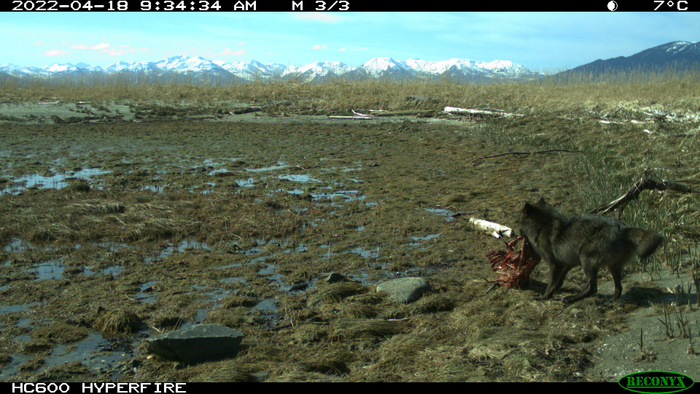
Alaskan island wolves caused a deer population to plummet
Wolves on an Alaskan island caused a deer population to plumet and switched to primarily eating sea otters in just a few years, a finding scientists at Oregon State University and the Alaska Department of Fish and Game believe is the first case of sea otters becoming the primary food source for a land-based predator.
Fossil CSI: Analysis of giant extinct marine reptile graveyard suggests mysterious site was ancient birthing grounds
Marine giants make migrations across the ocean to give birth where predators are scarce, congregating annually along the same stretches of coastline. A study suggests that 200 million years before whales evolved, school bus-sized marine reptiles called ichthyosaurs may have made similar migrations.
Study Explores Link Between Shark Nose Shape, Size and Sensitivity of Smell
Differences in sharks’ olfactory systems are of interest not only because of their known incredible sense of smell but also because they have been around since before the dinosaurs. They managed to thrive in every known marine habitat for millions of years – their sense of smell may have been key. A study is the first to quantify olfactory organ morphology by examining rosette shape and other internal structures among a diverse set of shark species using dissections, phylogenetic comparisons, and a fairly new technique, called diffusible iodine‐based contrast‐enhanced computed tomography imaging. Results reveal that the organs did not change in shape or number of lamellae throughout the life stages, suggesting that olfaction is a key sensory modality throughout the life of elasmobranch fishes.
Ancient Iowan superpredator got big by front-loading its growth in its youth
The Field Museum in Chicago is home to the best, most-complete fossils of a prehistoric superpredator– but one that lived hundreds of millions of years before SUE the T. rex. Whatcheeria was a six-foot-long lake-dwelling creature with a salamander-like body and a long, narrow head; its fossils were discovered in a limestone quarry near the town of What Cheer, Iowa.
New 3D model shows: Megalodon could eat prey the size of entire killer whales
The reconstructed megadolon (Otodus megalodon) was 16 meters long and weighed over 61 tons. It was estimated that it could swim at around 1.4 meters per second, require over 98,000 kilo calories every day and have stomach volume of almost 10,000 liters.
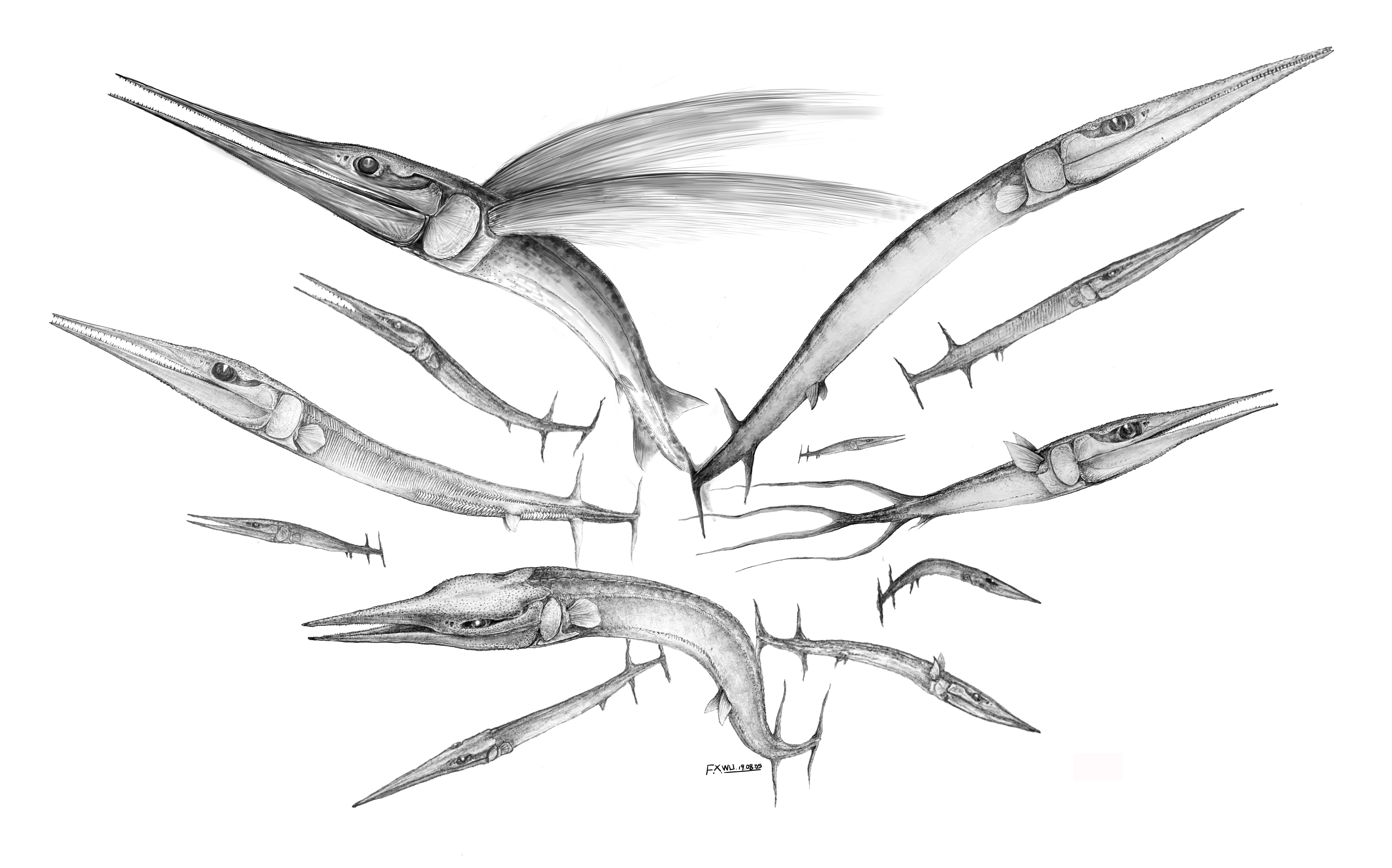
Triassic revolution: animals grew back faster and smarter after mass extinction
Palaeontologists in the UK and China have shown that the natural world bounced back vigorously following the End-Permian Extinction.
Scientists use robots to reveal how predatory fish cope with unpredictable prey
Scientists at the University of Bristol have demonstrated how predators overcome their preys’ erratic behaviour by adapting their own during the hunt.
UNH Research: Black Bears May Play Important Role in Protecting Gray Fox
Bears are known for being devoted and protective of their baby cubs, but research from the University of New Hampshire shows that they may also play a significant role in shielding gray fox from predators like coyotes, who compete with the fox for food and space. The research is one of the first studies to show how black bears provide a buffer to allow other, smaller carnivores to safely co-exist.
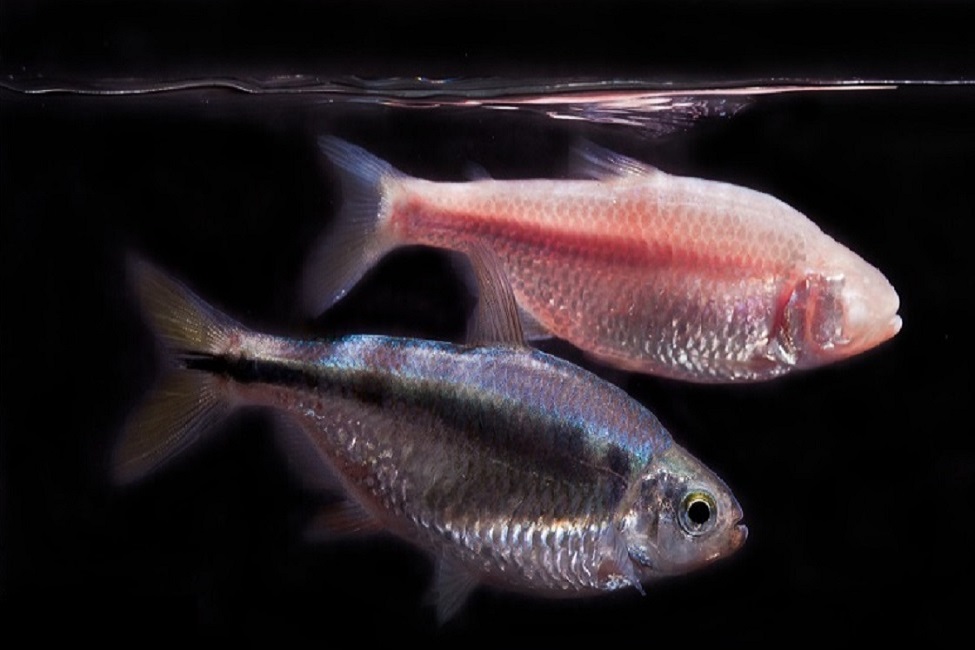
Boo! How Do Mexican Cavefish Escape Predators?
When startled, do all fish respond the same way? A few fish, like Mexican cavefish, have evolved in unique environments without any predators. To see how this lack of predation impacts escape responses that are highly stereotyped across fish species, scientists explored this tiny fish to determine if there are evolved differences in them. Findings reveal that the dramatic ecological differences between cave and river environments contribute to differences in escape behavior in blind cavefish and river-dwelling surface cavefish.
Rutgers Expert Can Discuss Invasive Plants in N.J. and Alternatives
New Brunswick, N.J. (June 10, 2020) – Rutgers University–New Brunswick Professor Michele Bakacs is available for interviews on invasive exotic plants in New Jersey that are growing out of control, overrunning forests and other natural areas. She can discuss why this…

Mangrove Trees Won’t Survive Sea-Level Rise by 2050 if Emissions Aren’t Cut
Mangrove trees – valuable coastal ecosystems found in Florida and other warm climates – won’t survive sea-level rise by 2050 if greenhouse gas emissions aren’t reduced, according to a Rutgers co-authored study in the journal Science. Mangrove forests store large amounts of carbon, help protect coastlines and provide habitat for fish and other species. Using sediment data from the last 10,000 years, an international team led by Macquarie University in Australia estimated the chances of mangrove survival based on rates of sea-level rise.
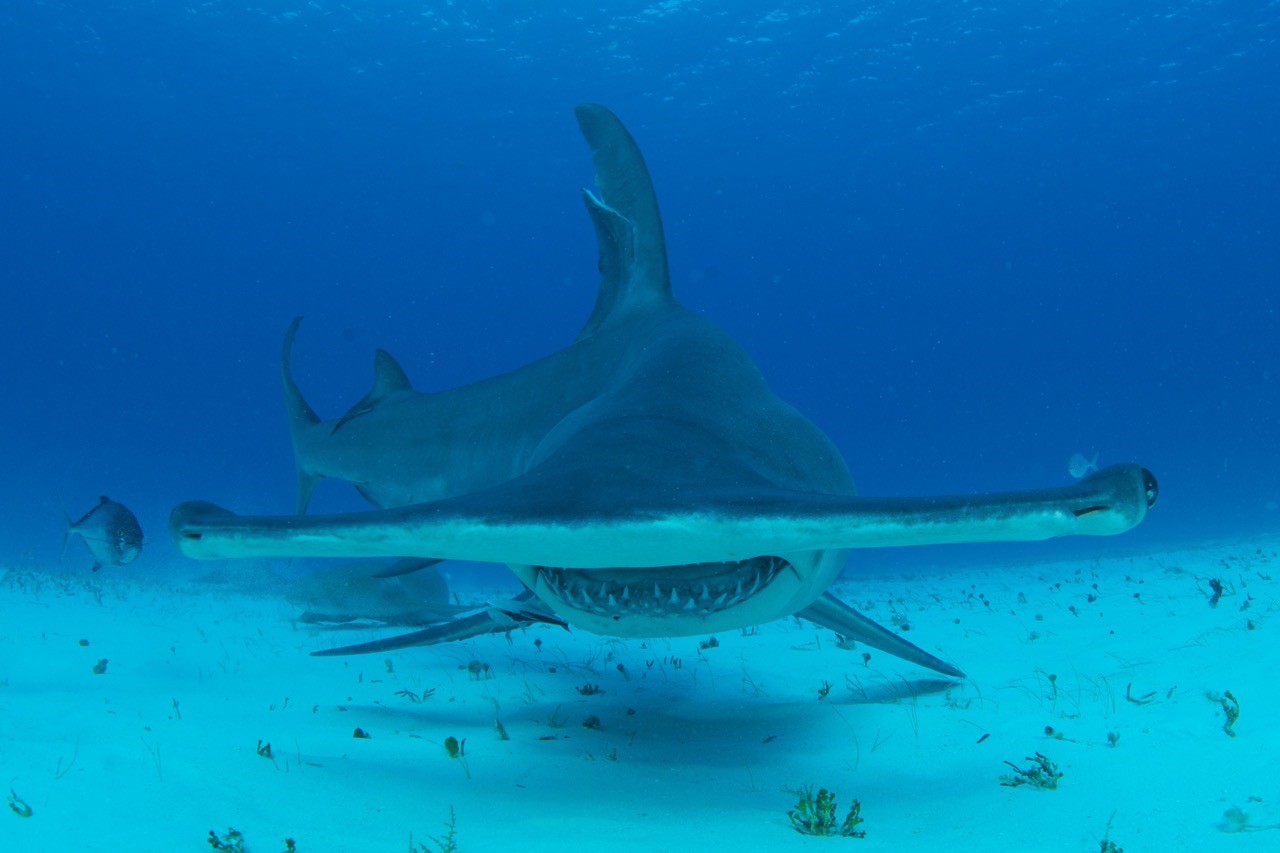
Can’t Touch This! Video Shows Blacktip Sharks Use Shallow Water to Flee Huge Predators
Aerial drone footage provides the first evidence of adult blacktip sharks using shallow waters as a refuge from a huge predator – the great hammerhead. Before this study, documentation of adult sharks swimming in shallower waters to avoid predation did not exist. Unmanned aerial vehicles enable scientists to unobtrusively observe behaviors in the wild, providing insight into seldom-seen predator-prey interactions. When it comes to sharks, this “hammerhead” time video proves you “can’t touch this.”